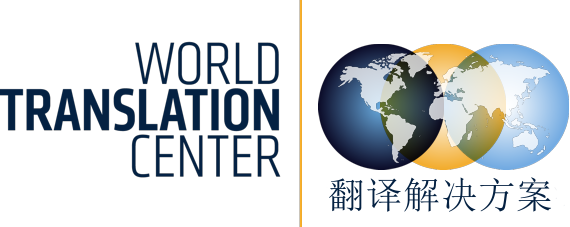WTC世界翻译中心是语言翻译和录音服务的领先提供商,聘用世界各地的专业人士为您服务。
Articles and Stories
Transcreation
First, there was translation. You took a document and translated it into a different language staying as close to the original text as possible.
It was quickly realized that some text needed to be adapted to make sense in the translated language, like measurements, so the word ‘localization’ was used when making such changes.
Then the translation industry, as well as companies using translation services, realized that localization needed to go even further to successfully introduce a new product to another country. Colors and culturally acceptable pictures describing products became important.
Next was the focus on brand names. Some mishaps occurred when introducing brand names to other countries because sometimes the translation of the brand names were either derogatory to the underlying products or culturally inappropriate. After these mistakes, companies began checking their brand names first to make sure that those names were not offensive to other cultures and actually enhanced their product or message.
Since localization was not enough any more, the word transcreation was created. It is a word mainly used by marketing professionals to refer to the adaptation of the whole culture of the language for a translation. Transcreation is also referred to as creative translation. It is a term used to describe copywriting, the selection of culturally appropriate images, as well as font changes in order to be able to convey your product to your targeted audience.
Transcreation of a text can only be successfully accomplished by a translator who is born, raised and still lives in the target country. The translator needs to be familiar with the culture, politics, entertainment, etc., to be able to create the new marketing text for that country. But being a native translator is not enough, the translator should also understand the content and have knowledge and expertise about the subject matter.
Transcreation comes with added cost as re-creating the essence of a message into another language requires extra time for research and additional time for review. Just like with any original document, the writer takes time to select the right words, reviews his selection and passes it on to others to verify that the correct words were used.
A successfully transcreated message reads like it originated in that country. It should bring to mind the same emotions and should carry the same insinuation in the target language as it does in the source language.







